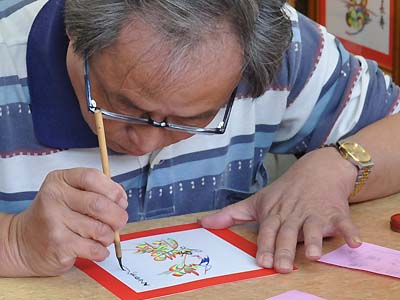
Upon browsing various sites for multimedia related to text and/or technology, I stumbled upon this video. Initially, I wanted to find two separate items with which I could create two separate entries, but this video provides a nice, although literal, juxtaposition of the two.
Text: What is it, exactly?
If I had been asked to define text 10, or even 5 years ago, I might have come up with something such as:
The words of something written; “there were more than a thousand words of text”; “they handed out the printed text of the mayor’s speech”;
the main body of a written work (as distinct from illustrations or footnotes etc.); “pictures made the text easier to understand”
(From: wordnetweb.princeton.edu/perl/webwn)
Today, I have a slightly different understanding of what text is. Having read several definitions and analyses of the origin of text, today I believe that text is or can be considered to be:
- A representation of meaning and language
- written word
- oral word
- represented through media such as video or sill image
- is a part of literacy
- authoritative or questionable
- dynamic rather than static
- uniquely human
As educators, our definition of text will impact our teaching. Is it acceptable, for example, for language arts students to create a video in place of writing am essay? Is it necessary that teachers ensure all forms of text are taught and practiced?
My response to this is that in B.C., we are able to do so. For example, the language arts curriculum, even at the elementary level, allows teachers to transcend the traditional boundaries put upon us by our former definitions of text and literacy. Although there are mandated curricular goals for reading, writing, viewing and representing, we are able to move beyond the pages of the classics, and forge ahead into new text (and new media) spaces.
Technology: From the Wheel to the Smart Phone
Technology, like text, has a complex definition, and similarly, if I had been asked 5 or 10 years ago to define technology, I probably would have said something about computers and telephones. I find that it is almost easier to preface the word technology with some sort of adjective that narrows it down: digital technology, information technology, computer technology, assistive technology, medical technology and the like.
Princeton’s Wordnetweb defines technology as, “the practical application of science to commerce or industry” (wordnetweb.princeton.edu/perl/webwn). My “newish” Oxford dictionary of English has a similar definition. It is intriguing to me that a word that has so many varying connotations might have such a simplistic definition. This is another reason why I chose to present my thoughts on both text and technology in the same post.
The Text/Technology Connection
In the video at the beginning of this post, we are able to see very clearly, and as I mentioned previously, quite literally, one link between text and technology. We use technology every day to create text, whether it is “texting” on a cell phone, speaking to a friend on Skype, writing a grocery list with a pencil, or typing an essay on the computer.
As Ong (1982) proposes, “writing (and especially alphabetic writing) is a technology, calling for the use of tools and other equipment…[and] by contrast with natural oral speech, writing is completely artificial” (p. 80-81). Upon looking back at the above list of possible daily “texts”, and thinking of other possibilities, labelling writing itself as a technology makes good sense.
As we continue on our journey through “the changing spaces of reading and writing”, I anticipate feeling the need to revise and update my current thoughts on text and technology in the near future. I suppose that is the beauty of a dynamic text space such as a weblog–it can always be a work in progress.
Cheers,
Stephanie


